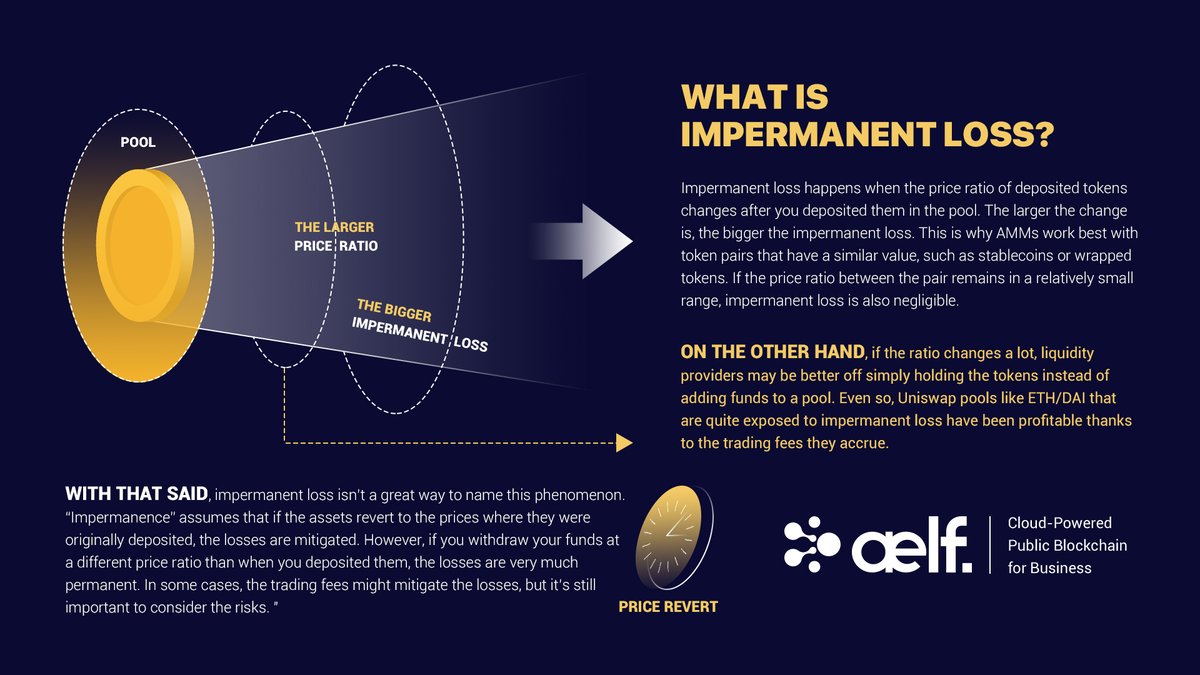
We converge AI and Blockchain to power the future of Web3. 🌐 https://t.co/U0aFck0IC7
How to get URL link on X (Twitter) App


 2/ This is why AMMs work best with token pairs that have a similar value, such as stablecoins or wrapped tokens.
2/ This is why AMMs work best with token pairs that have a similar value, such as stablecoins or wrapped tokens. 
 2/ In return for providing liquidity to the protocol, LPs earn fees from the trades that happen in their pool.
2/ In return for providing liquidity to the protocol, LPs earn fees from the trades that happen in their pool. 
 2/ Instead, you interact with a smart contract that “makes” the market for you.
2/ Instead, you interact with a smart contract that “makes” the market for you.